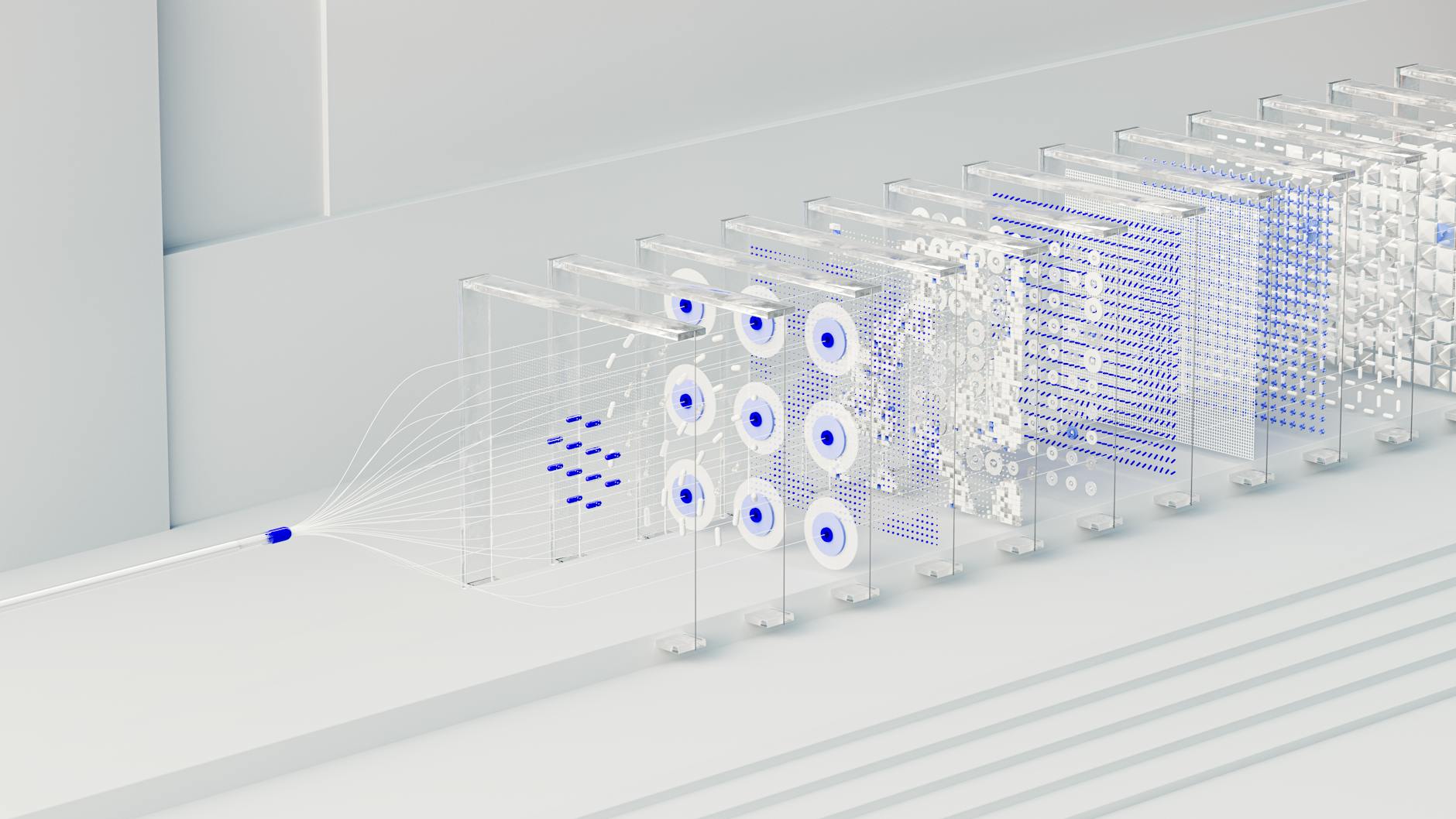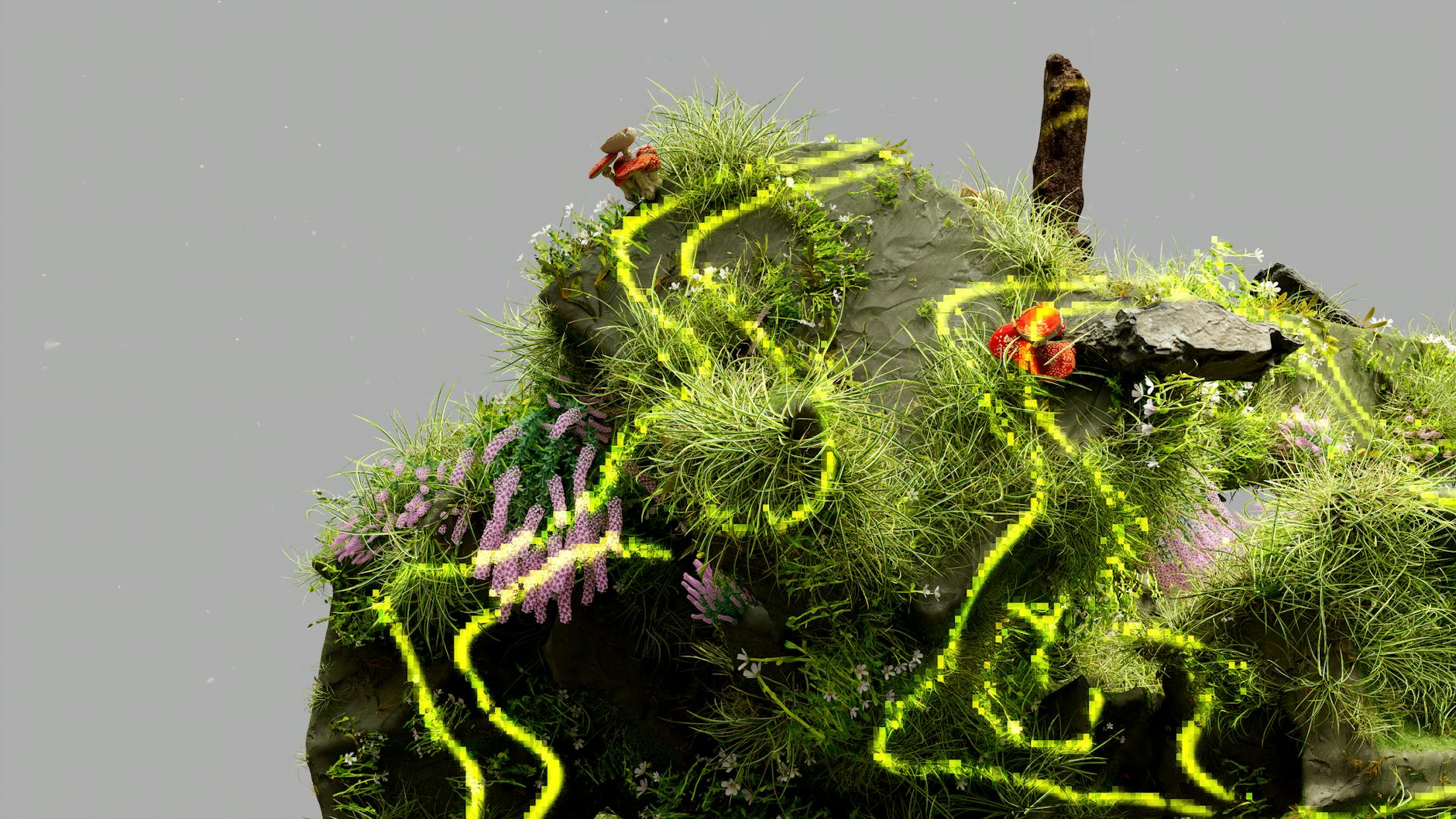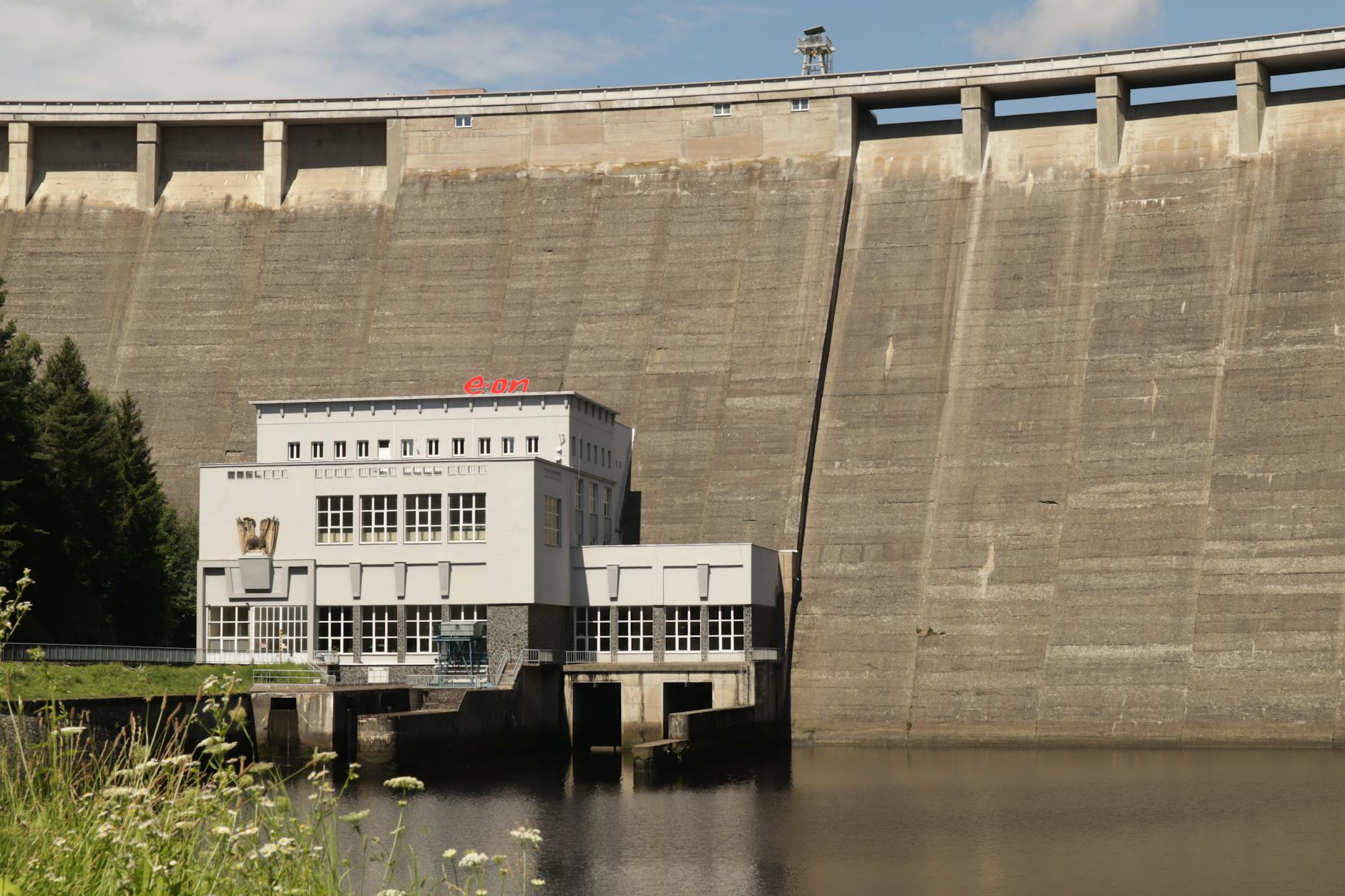Embarking Into the Future of Robotics: Discovering the Latest Breakthroughs in Robotic Vision Technology
The field of robotics has been advancing at a rapid pace, with innovations in artificial intelligence and machine learning driving significant progress. One of the key areas where these advancements have been particularly groundbreaking is in robotic vision technology. By integrating advanced sensors and powerful algorithms, researchers and developers have been able to create robots with enhanced vision capabilities that rival human perception. As we look ahead to the year 2025, let’s delve into some of the most promising breakthroughs in robotic vision that are set to transform industries and everyday life.
Enhanced Object Recognition: Redefining Accuracy and Speed
In recent years, object recognition has been a focal point of development in robotic vision. By leveraging deep learning techniques and neural networks, robots can now identify and classify objects with remarkable accuracy and speed. In 2025, we can expect even further advancements in this area, with robots becoming more adept at recognizing complex shapes, textures, and patterns in various environments. This enhanced object recognition capability will have far-reaching implications across industries such as manufacturing, logistics, healthcare, and retail.
Autonomous Navigation: Navigating the World with Precision
One of the most exciting applications of robotic vision technology is in autonomous navigation. Robots equipped with advanced cameras and sensors can perceive their surroundings in real-time, enabling them to navigate complex environments with precision and agility. By incorporating cutting-edge mapping and localization algorithms, robots can create detailed maps of their surroundings and plan efficient routes to reach their destinations. In 2025, we can anticipate further improvements in autonomous navigation, allowing robots to operate seamlessly in dynamic and unstructured environments.
Human-Robot Interaction: Fostering Seamless Collaboration
As robots become increasingly integrated into our daily lives, the importance of seamless human-robot interaction cannot be overstated. In 2025, we can expect significant advancements in this area, with robots leveraging advanced computer vision techniques to perceive human gestures, expressions, and emotions. This will enable robots to interact with humans in a more natural and intuitive manner, fostering collaboration and cooperation in various settings such as homes, hospitals, and workplaces.
Multi-Sensory Integration: Enhancing Perception and Decision-Making
In the realm of robotic vision, the integration of multiple sensory modalities is key to enhancing perception and decision-making capabilities. By combining visual information with data from sensors such as LiDAR, radar, and infrared cameras, robots can achieve a more comprehensive understanding of their environment. In 2025, we can anticipate further advancements in multi-sensory integration, enabling robots to perceive and interpret complex scenarios with greater accuracy and efficiency.
Industry Applications: Revolutionizing Manufacturing and Beyond
The impact of advanced robotic vision technology extends across a wide range of industries, reshaping processes and workflows in profound ways. In manufacturing, robots equipped with vision systems can perform tasks with a level of precision and consistency that is unmatched by human workers. This not only enhances productivity but also improves quality control and safety in manufacturing environments. In fields such as healthcare, robotics is enabling groundbreaking advancements in surgery, diagnostics, and patient care, thanks to the integration of cutting-edge vision technologies.
The Road Ahead: Embracing Innovation and Collaboration
As we look ahead to the year 2025 and beyond, the future of robotic vision is brimming with potential and possibilities. By embracing innovation, collaboration, and cross-disciplinary research, we can unlock new frontiers in robotic vision technology and usher in a new era of intelligent and perceptive robots. From autonomous vehicles to smart homes, from industrial automation to healthcare robotics, the applications of robotic vision are limitless, promising to reshape the way we live, work, and interact with technology.
In conclusion, the rapid evolution of robotic vision technology is poised to revolutionize industries and society in the coming years. By harnessing the power of advanced sensors, algorithms, and machine learning, robots are becoming more perceptive, adaptable, and capable than ever before. As we journey into the future of robotics, the breakthroughs in robotic vision unveiled in 2025 will undoubtedly pave the way for a more connected, intelligent, and efficient world.


